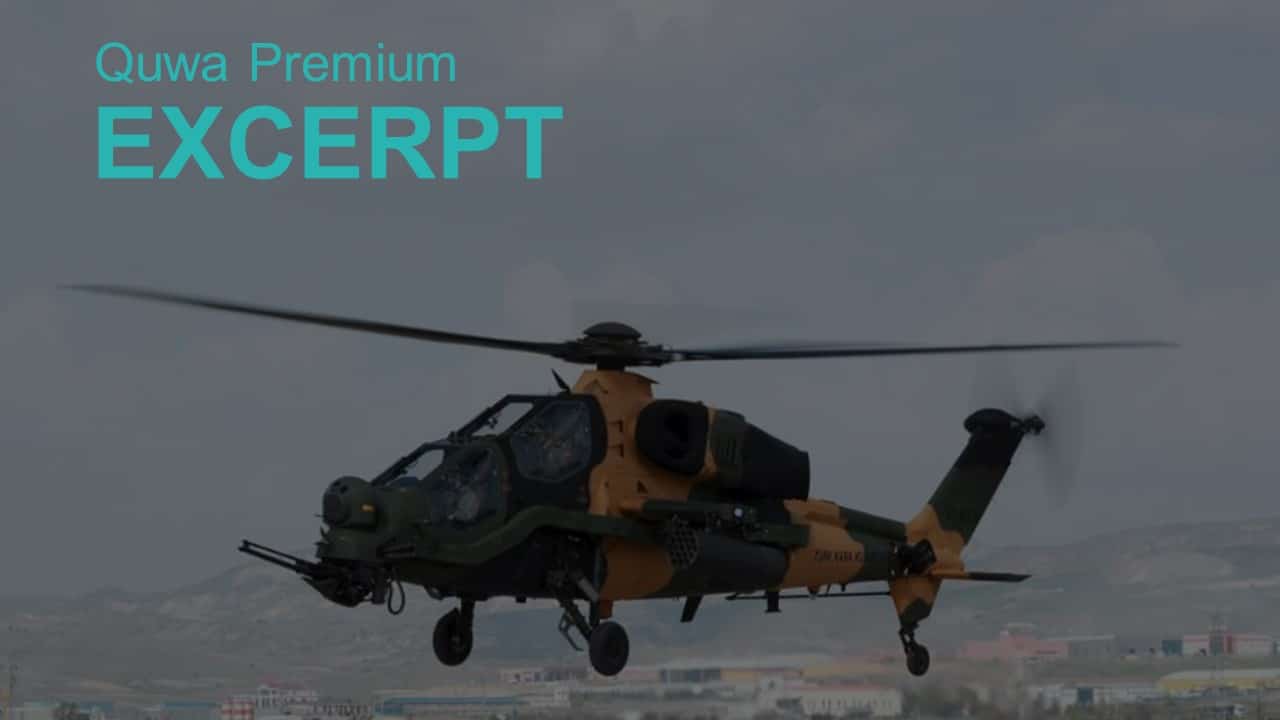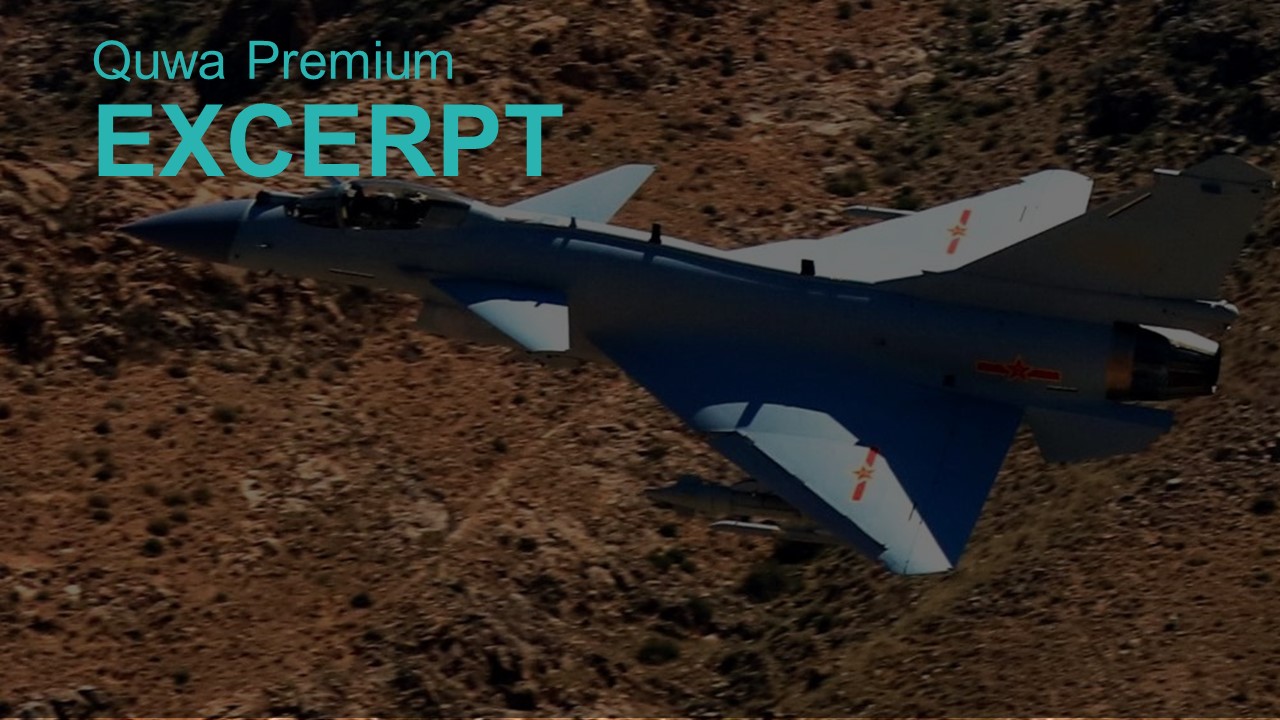2471Views

A Pragmatic Vision for Project Azm
Author Profile: Syed Aseem Ul Islam is PhD candidate at the University of Michigan, Ann Arbor, USA, specializing in adaptive and model-predictive flight control systems. He received his bachelor’s degree in aerospace engineering from the Institute of Space Technology, Islamabad, and his master’s degree in flight dynamics and control from the University of Michigan.
The central goal of Pakistan’s ‘Project Azm’ is the development of a fifth-generation fighter aircraft (FGFA). Since the first announcement of Project Azm in 2017, the Pakistan Air Force’s (PAF) Air Staff Requirements (ASR) for the FGFA seem to have undergone several iterations.
For example, the 2017-2018 Ministry of Defence Production (MoDP) yearbook makes reference to a ‘next-generation fighter aircraft’ (NGFA) instead of an FGFA. The MoDP adds that the “first cycle of conceptual design phase was completed.” However, in 2019, the PAF Chief of Air Staff (CAS) Air Chief Marshal (ACM) Mujahid Anwar Khan said the ASR was for a “twin-engine, single-seater, boasting the likes of super-cruise and laser weapons (directed energy weapons).”
The inclusion of laser weapons in the ASR is telling as no fifth-generation aircraft includes such systems, which are slated to be part of sixth-generation aircraft. Thus, the ASR alludes to a fighter program that is actually a 5+ generation or sixth-generation aircraft, but this bound to take decades for development.
However, the rather optimistic timelines given for testing and inducting Azm’s FGFA seem to suggest that it is indeed a fifth-generation aircraft. The unclear – and often changing – nature of the stated objectives and timelines for the program points to issues with planning and benchmarking of local capabilities.
Although the desire to develop an FGFA domestically is admirable, it is impractical for most nations. The exceptions are superpowers with turnkey industrial capabilities, such as the United States. However, even the United States, which has the most advanced and well-funded aerospace industries in the world, opted to develop the F-35 with a consortium of allied nations after their experience with the F-22.
FGFAs are extremely advanced systems requiring expansive R&D setups and significant – and consistent – funding over long periods of time. Regarding Pakistan’s FGFA ambitions, both the PAF leadership and Pakistan Aeronautical Complex (PAC) had hinted they are willing to work with China and/or Turkey. The intricacies of collaboration with each of these potential partners is discussed in a previous Quwa article.
PAC has never developed a fighter aircraft completely independently (as JF-17 is a collaboration), and there are several technology bottlenecks, such as the one discussed in a previous article, that seriously inhibit PAC’s ability to develop a fighter aircraft on its own, let alone a 5th generation fighter aircraft.
Pakistan’s economic constraints also limit PAC’s ability to upgrade its human resource and infrastructure to anywhere near the levels seen in Turkey and China in a short span of time. That said, the general goals of Azm – i.e., to massively expand Pakistan’s aerospace industry – are entirely achievable in the long-term.
This article presents a pragmatic vision for Project Azm that is more aligned with the economic and geo-strategic realities of Pakistan…
End of Excerpt (450/1970 words)
You can read the complete article by logging in (click here) or subscribing to Quwa Premium (click here).
Get More Insights on the Pakistan Air Force:


